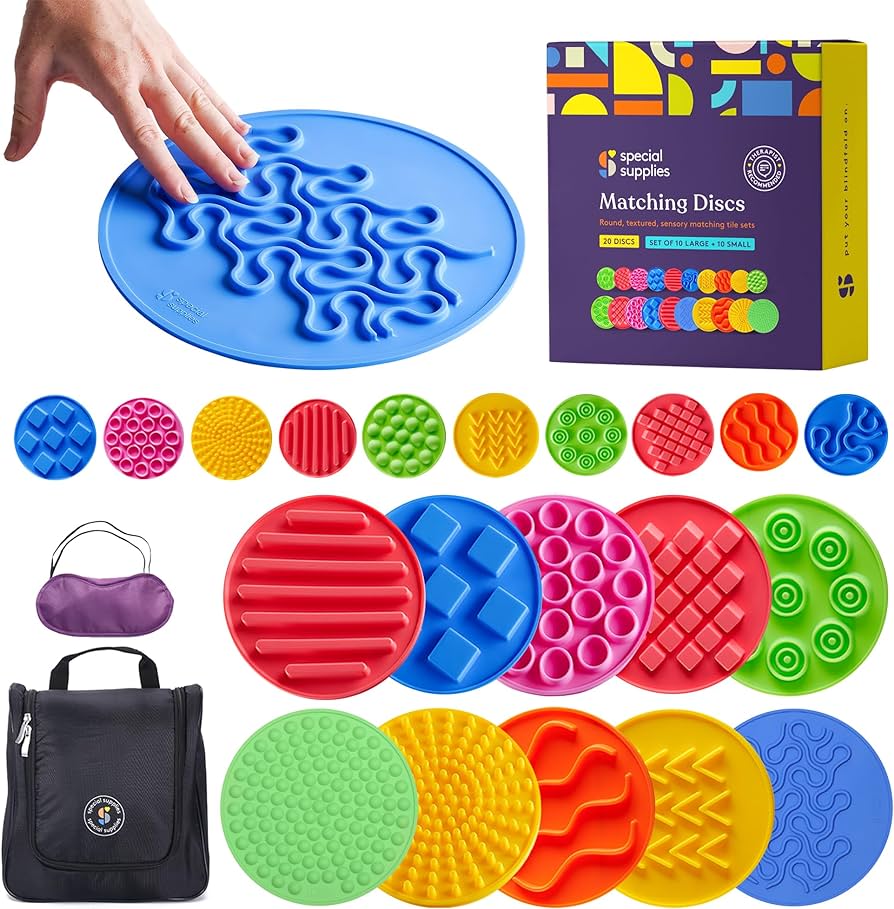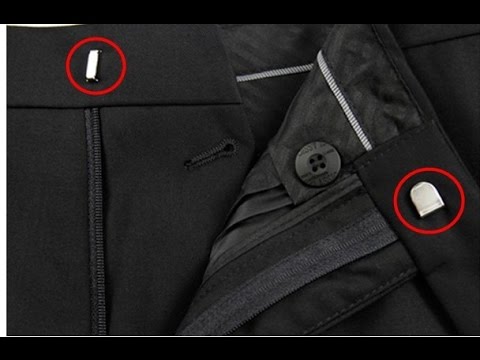Why do we use plastic disks under the eyelet of kids?
We use plastic disks under the eyelets of kids’ shoes to provide stability and prevent tearing of the material. These reinforcements help the eyelets withstand the stress of lacing and unlacing.
Durability and safety are paramount when it comes to children’s footwear. To ensure shoes last longer and offer consistent support, manufacturers often incorporate plastic disks under the eyelets, which are the holes through which laces are threaded. For kids who are active and put their shoes through rigorous wear and tear, these disks act as a critical component.
They minimize the risk of the shoe material ripping and help maintain the integrity of the eyelets, ensuring that the shoes remain secure and comfortable. The presence of these plastic disks also makes it easier for little hands to lace up their shoes independently, promoting a sense of self-reliance in children. Their use in kids’ shoes exemplifies how thoughtful design can enhance the functionality and lifespan of everyday items, providing peace of mind to both parents and children alike.
The Purpose Of Plastic Disks In Children’s Eyelets
Plastic disks serve key roles in children’s eyelets. These disks are vital to maintain comfort for little ones. They act as a barrier between the metal eyelet and the skin. This is crucial for avoiding discomfort during playtime and daily activities. Another important aspect is preventing skin irritation. Kids have sensitive skin, and metal can cause allergic reactions. Plastic disks reduce the risk of these reactions. They keep delicate skin safe from direct contact with metal parts.
| Reason | Benefit |
|---|---|
| Barrier Creation | Increases Comfort |
| Allergy Prevention | Protects Skin |

Credit: www.amazon.com
Eyelet Protection In Clothing
The use of plastic disks under the eyelet of kids’ clothing serves a key purpose. These disks, often referred to as grommets or eyelet reinforcements, provide durability and stabilize the fabric around the holes. Small, swift movements from children can cause strain. Without reinforcements, the fabric may tear. The addition of plastic disks prevents early wear and tear, extending the life of the garment. Eyelet reinforcements come in different forms: metal rings, stitched patterns, or plastic disks. Each protects clothing from damage. Plastic disks are commonly used for their lightweight and non-corrosive properties, making them ideal for children’s wear. They are also less likely to irritate the skin compared to metal rings.
| Type | Material | Benefits |
| Plastic Disks | Plastic | Lightweight, non-corrosive |
| Metal Rings | Metal | Durable, strong |
| Stitched | Textile | Flexible, decorative |
Materials Used In Kids’ Eyelets
Plastic disks are used under the eyelets of kids’ shoes for several reasons. They provide sturdiness and help to maintain shape. Compared to metals, plastics are lightweight and won’t rust. Fabrics or leather used alone may tear easily without these disks. Plastic also offers cost-effective production. Safety is crucial in kids’ products. Plastic edges are smoother than metal, reducing injury risks. Allergic reactions are also less common with plastic. We must ensure materials are non-toxic and cannot be swallowed. Considering these aspects, plastic is often the preferred choice for eyelet reinforcement in kids’ shoes.
Design Considerations For Children’s Clothing
Children’s clothing often integrates plastic disks beneath eyelets for enhanced durability and style. These disks serve to reinforce the fabric, ensuring that the eyelet does not tear with use. They also contribute to the visual appeal of the garment, adding a pop of color or contrasting detail that is pleasing to the eye. From a functional perspective, the disks prevent the eyelet from stretching out. This is particularly important in kids’ clothing, where repeated use and rough play are common. The inclusion of these disks extends the life of the clothing, offering practicality alongside fashionable elements.
Allergies And Sensitivities In Children
Kids can be sensitive to different materials found in clothing and accessories. Common allergenic materials include nickel, latex, and even certain dyes. These can lead to skin irritations and allergic reactions, which are uncomfortable for children. Choosing hypoallergenic options is essential for minimizing these risks. Plastic disks are often used under eyelets because they are non-reactive. This means they do not cause allergies as metal parts might. By using plastic, parents can feel confident that clothing is safer for their kids’ delicate skin.

Credit: www.walmart.com
Innovation In Kids’ Garment Accessories
The use of plastic disks under eyelets in kids’ garments represents recent advances in clothing accessories. These innovations lead to improved durability and safety. Manufacturers focus on creating comfortable and secure clothing for active kids. Future trends suggest a move towards sustainable materials. The industry aims to maintain the benefits of plastic disks while reducing environmental impact. Expect to see biodegradable options and recycled materials soon.
Parents’ Perspectives On Plastic Disks

Credit: www.walmart.com
Environmental Impact Of Plastic In Clothing
The use of plastic disks under eyelets in kids’ clothing is common. These disks are often found in the areas where shoelaces go through a shoe, or on clothing with laced parts. They serve to prevent the fabric from tearing and provide structure. Unfortunately, the environmental footprint of these tiny plastic components is significant. Plastics are not easily broken down by nature, leading to long-term pollution. Plastic pieces can end up in oceans and rivers, hurting wildlife. Kids’ clothing, which typically has a shorter use life, contributes to this problem when it is disposed of. Many companies are turning to biodegradable alternatives to address sustainability issues. These materials, such as plant-based plastics or metal, can help reduce environmental impact. They break down faster and are less harmful to our planet.
The Role Of Regulatory Bodies
Children’s clothing safety is crucial. Regulatory bodies set standards to ensure this. These standards help prevent accidents. They also make sure kids don’t hurt themselves with their clothes. For example, plastic disks help keep eyelets in place. This prevents sharp edges from exposing. It can also stop the fabric from tearing. Keeping kids safe is the main goal. Agencies check if companies follow these rules. They might test clothes or look at factory processes. Companies that don’t meet standards may get fines. Some could even have to stop selling their products.
| Agency Role | Action |
|---|---|
| Set Safety Standards | Define safety measures |
| Testing Compliance | Examine products and processes |
| Enforcing Rules | Penalize non-compliance |
Retailers’ Role In Promoting Safety
Retailers play a vital role in guaranteeing the safety of children’s products. They are responsible for choosing items that adhere to high safety standards. The plastic disks under eyelets help to prevent choking hazards. It’s crucial for retailers to select products that are safe for all ages, especially for kids. Moreover, retailers should inform customers about the safety features of these products. Simple explanations or demonstrations can significantly contribute to awareness. Ensuring parents understand why safety aspects, like plastic disks, are important leads to safer use. Parental knowledge about product safety is essential.
Making Informed Choices For Children
Parents want the best for their kids. Plastic disks under eyelets are important. They keep shoelaces in place. Shoes last longer because of these little disks. Kids can run and play without worry. Their tiny feet are safe and comfortable. Understanding safety data is key. There are websites with tips for parents. These websites help with smart shopping choices. Always choose products that are non-toxic and durable. Remember, kids’ health comes first.
Frequently Asked Questions Of Why Do We Use Plastic Disks Under The Eyelet Of Kids?
What Purpose Do Plastic Disks Serve For Kids?
Plastic disks under eyelets protect the skin from metal irritation and add comfort to the child’s footwear.
Are Plastic Disks Safe For Children’s Use?
Yes, the plastic disks are designed to be safe for children, often made from non-toxic, hypoallergenic materials.
How Do Plastic Disks Improve Shoe Fit?
Plastic disks help evenly distribute lace tension, ensuring a snug, yet comfortable fit in children’s shoes.
Can Plastic Disks Prevent Eyelet Damage?
Plastic disks reduce stress on eyelets, minimizing wear and tear, which can prevent damage and extend the shoe’s lifespan.
Why Choose Plastic Disk-equipped Footwear For Kids?
Footwear with plastic disks offers enhanced comfort, durability, and a better fit, crucial for growing children.
Do Plastic Disks In Shoes Aid Quick Fastening?
Yes, plastic disks can facilitate quicker lacing by maintaining the form of the eyelets and simplifying lace movement.
Are There Alternatives To Plastic Disks In Footwear?
Alternatives to plastic disks include fabric loops, metal grommets, or padded collars, depending on design and comfort needs.
Conclusion
Understanding the importance of eyelet disks in children’s clothing ensures safety and functionality. These small details prevent discomfort, and potential hazards, affirming the careful consideration designers place in kids’ apparel. Embracing such features, we prioritize our children’s well-being in everyday activities.





